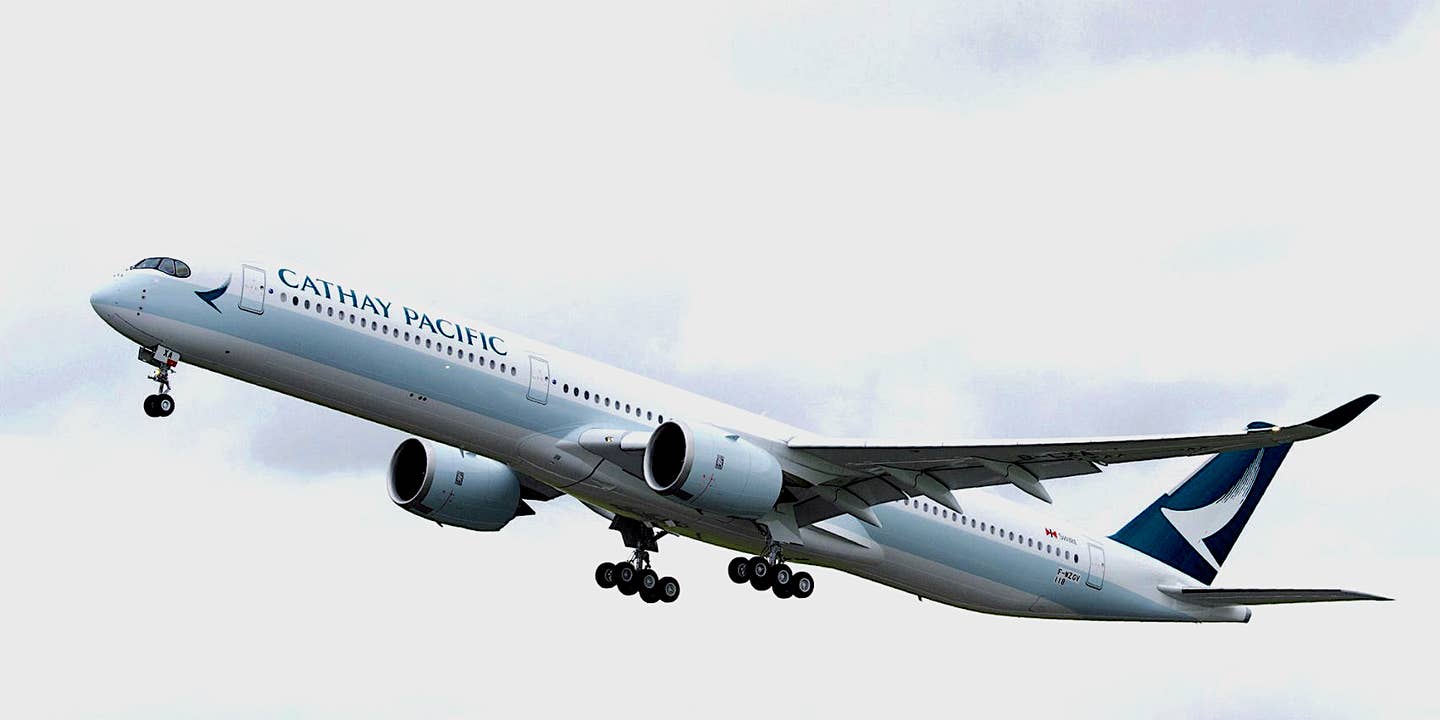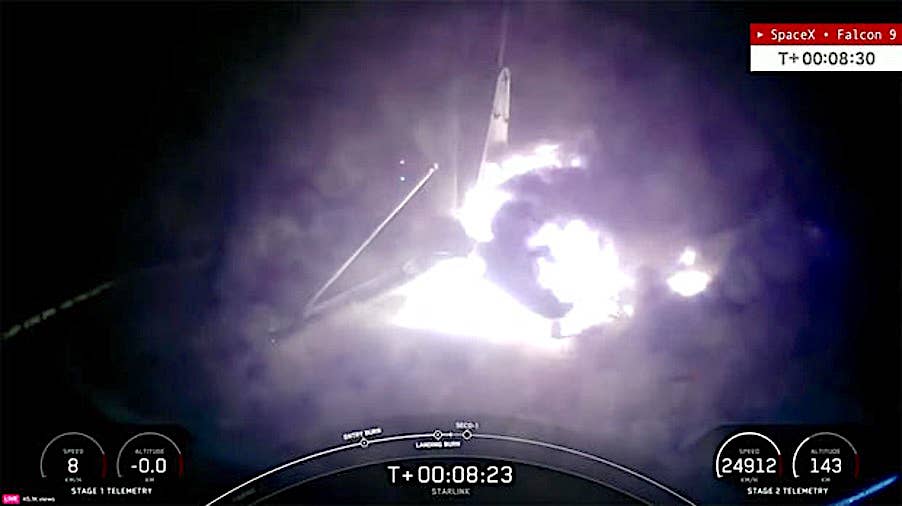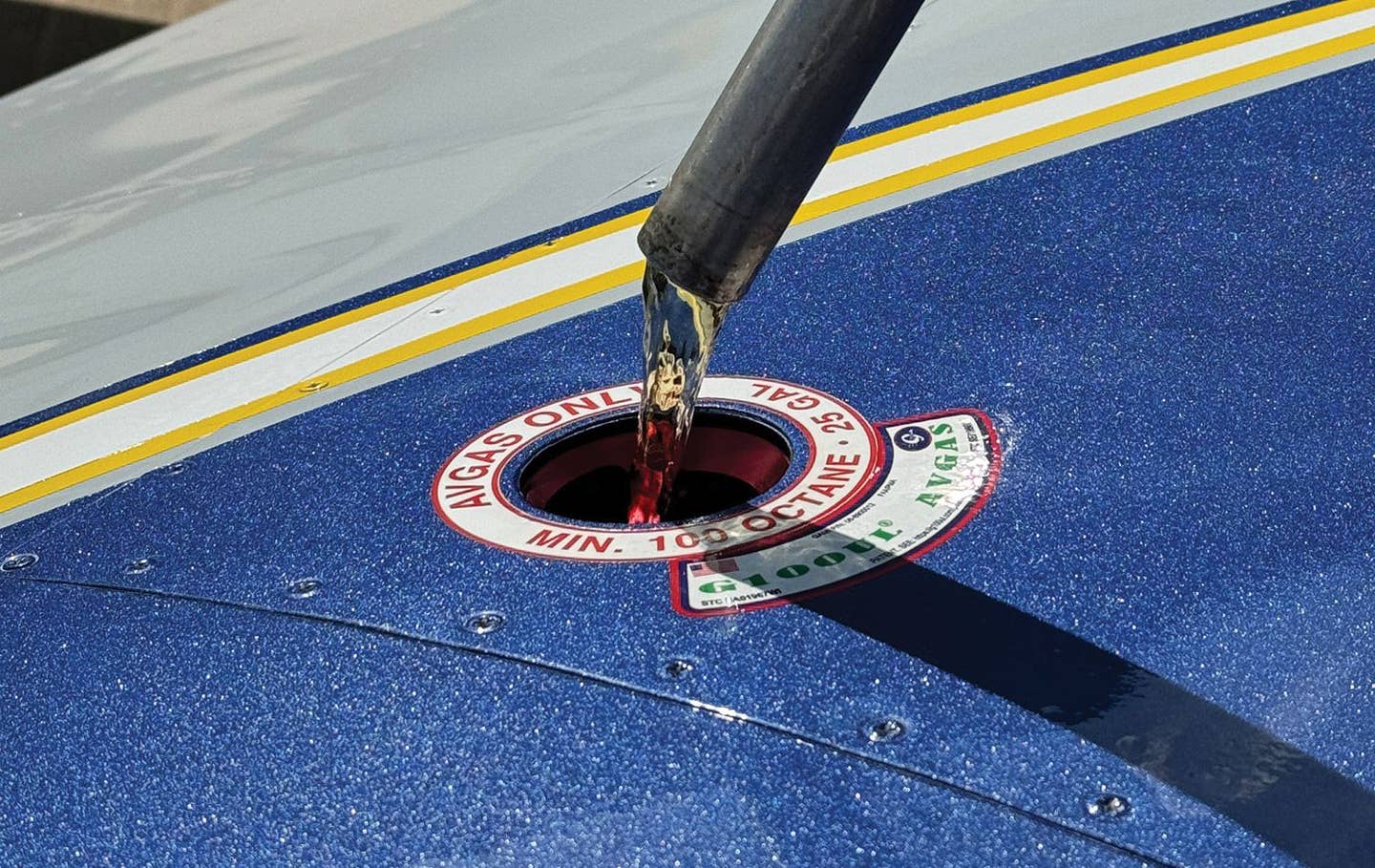EAGLE And GAMI: Not A Transparent Process
EAGLE is circling the wagons to favor an ASTM approval process instead of one by STC. Not exactly a level playing field here.

Big league pitcher Gaylord Perry was famous for his goofy, hard-to-hit Vaseline ball, but he was equally renowned for his anemic bat. That led Giants manager Alvin Dark to observe of Perry, “There’ll be a man on the moon before he hits a home run.” In the third inning of a game against the Dodgers, Claude Osteen grooved a fastball that Perry knocked over the fence in Candlestick Park. It was around 1:45 p.m. on July 20, 1969. Apollo 11 had touched down 30 minutes earlier in the Sea of Tranquility, although Neil Armstrong wouldn't step off the LM for several hours more.
Were I to surrender to my black-hearted cynicism, I might be tempted to say we’ll be on Mars by the time the FAA’s PAFI program spits out an approved unleaded 100-octane fuel, but I don’t want to be too discouraging. And anyway, it’ll be a woman on Mars, so there’s that.
This week’s press conference with the FAA and EAGLE industry consortium brought this fuel thing back into focus reminding us all that the traditional way routing fuels through ASTM has still not yielded a suitable unleaded 100-octane gasoline. Just to bottom line it here, the FAA is at least now admitting there are two paths to getting to a new unleaded avgas, the FAA/fleet authorization/ASTM path and the STC or supplemental type certificate path. GAMI’s G100UL has already been approved under the latter process; nothing has yet made it through the former process.
The EAGLE consortium—for Eliminate Aviation Gasoline Lead Emissions—is an industry group meant to jolly things along, and PAFI—Piston Aviation Fuels Initiative—has been resurrected to do the testing. Two fuels are grinding their way through this process, one from Phillips and Afton, an additive company, and one from Lyondell Chemical/VP Racing. In that ideal world where Unicorns dance, these will emerge from the PAFI gauntlet as suitable aviation fuels and then move on to ASTM to be assigned an approved spec, like the D910 spec used for leaded avgas. Absolutely no over/under on how likely this is to happen soon or ever.
But one thing is clear: The industry really, really, really prefers the ASTM path and although the press conference gave lip service to the STC path, the participants made it clear an ASTM spec fuel will just be easier. To be fair, they’re not wrong. Try this thought test: If you could somehow wave a magic wand and remove the lead from a D910 fuel and have it retain its octane and call it D910a, problem solved. Everyone’s happy and everyone has the universally, internationally agreed to specification sheet to keep in the filing cabinet. They imagine—rightly or wrongly—that this assures quality and performance and minimizes legal liability. For airframers, engine builders and FBOs, the STC is less confidence inspiring because they’re less familiar with the process and apparently draw some comfort from having ASTM bless the fuel with a spec.
What this appears to be building up to, in my view, is an effort to stymy GAMI’s market development until the two other fuels can make it across the finish line. (Or, more generously, to have alternatives to G100UL in case it falters.) EAGLE sprang out the ground by surprise in November 2021 when it appeared that GAMI would finally get STC approval. The case against STCs takes the form of three phrases: transparency, we don’t know what’s in the fuel and we don’t know how it was tested. These reservations have been repeatedly raised when EAGLE has been involved with fuel updates at shows and events. Yet anyone with technical facility with patents can look up GAMI’s G100UL filing and get a good feel for what’s in the fuel. It does have a proprietary additive package, but that’s what makes it work. If the testing shows that it works, why is knowledge of the formulation relevant? (Works means it reliably has the octane, ages well, has acceptable distillation points and vapor pressure and materials compatibility.)
You don’t know what’s in a D910 fuel either, since you don’t know how good the base alkylate is or how much toluene or other aromatics are in the fuel. D910 is a manufacturing spec that specifies a range of certain chemical constituents that have been proven to work in aircraft piston engines. It’s not a recipe. Shell’s is different than Exxon’s which is different than Phillips’. In GAMI’s case, G100UL fuel will be delivered with a similar conformance spec sheet. It won’t have an ASTM logo. And yes, I get how that makes some people nervous.
The mystery of the testing is a curious one. GAMI has invited numerous key people to Ada, Oklahoma, and given over a day or two to run through the entire, FAA-approved and specified testing protocol for G100UL. Those folks had to sign an NDA, but got a nice barbeque lunch out of the deal. Of the major airframers, I think only Cirrus has had a persistent interest in doing this.
Cirrus has also done its own flight testing of G100UL. (Cirrus was not represented at the press conference. Piper, Textron and CubCrafters were.) The engine manufacturers have been mostly indifferent to the details of fuel development, with the exception of Lycoming’s former GM, Michael Kraft, who, before he moved up the ladder at Textron, spent several years on the brat and beer circuit reminding the industry that loving the problem would indeed make sure it wouldn’t get solved. That said, he wasn't a fan of the STC path, either.
The call for transparency gave me a good giggle. The PAFI process was maddeningly opaque. It was a black box. Despite the expenditure of north of $30 million in public funding, the FAA refused to answer any technical questions on the process or the findings and even GAMI and Swift have been unable to access the PAFI lessons learned in a meaningful way. I wonder if this will change in PAFI 2.0, but I doubt it. The federal regulations under which PAFI runs testing haven't changed. The only thing in its favor is the timeline. EAGLE is pushing for a solution by 2030 and EPA has yet to issue lead prohibition rulemaking.
In the press conference, EAA’s Jack Pelton made a surprising statement by saying homebuilders can’t use STCs. Well, that’s not surprising because it’s true. They don’t have type certificates so a supplemental couldn’t apply. Pelton left the impression that to use an STC fuel, the builders would have to embark upon a test program of their own, but wouldn't with an ASTM fuel. But in the real world, this doesn’t happen nor is it likely necessary because it’s not specified anywhere in the regulations. Builders are the manufacturers and they can write any specs a DAR will approve. This is the point of experimental aircraft. I asked EAA to clarify this and they replied that there’s currently no process to gather the data to show an STC fuel would be suitable for an E/A-B. I suspect we’ll hear from builders who don’t agree with that view.
I’m guessing that there’s a lot of not invented here going on. GAMI went with the STC process precisely because it was less cumbersome and mired in pitfalls than the fleet authorization path. And despite intransigent FAA resistance at every level, and resistance from the engine manufacturers, they improbably got the damn thing across the finish line, albeit it 13 years later. Vested interests resist going against the agreed upon flow and that’s what GAMI did. AOPA’s Mark Baker observed that if this fuel replacement was easy, we would have done it by now. In my experience of covering this for 30-plus years, it’s just that no one took it seriously enough to conduct research worthy of the word because there was no need to. The government could never pull it together enough to ban tetraethyl lead. GAMI has shown us that the fuel itself wasn't so hard; the politics are the grind. Unknown is how much influence the extant refiners are exerting on this process. Avgas is a big margin product but not a big dollar market, but companies will protect what profits and market share they have. Market inertia, bureaucratic sclerosis and agency politics favor their efforts.
I think EAGLE and the alphabets are making a mistake by the not-so-subtle dissing of the STC approval method and, by association, G100UL. The fuel is out there. It has been through one of the most rigorous testing programs ever overseen by the Wichita ACO. It is, by all appearances, a suitable fuel for a 100LL replacement. It’s true that it doesn’t have to be and might not be the only one. Perhaps Phillips or Lyondell—or both—will develop better fuels that are less expensive to produce and sell. So be it. They should go forward with the support of the industry and GAMI deserves nothing less, not watery excuses about lack of testing and not knowing what’s in the fuel.






